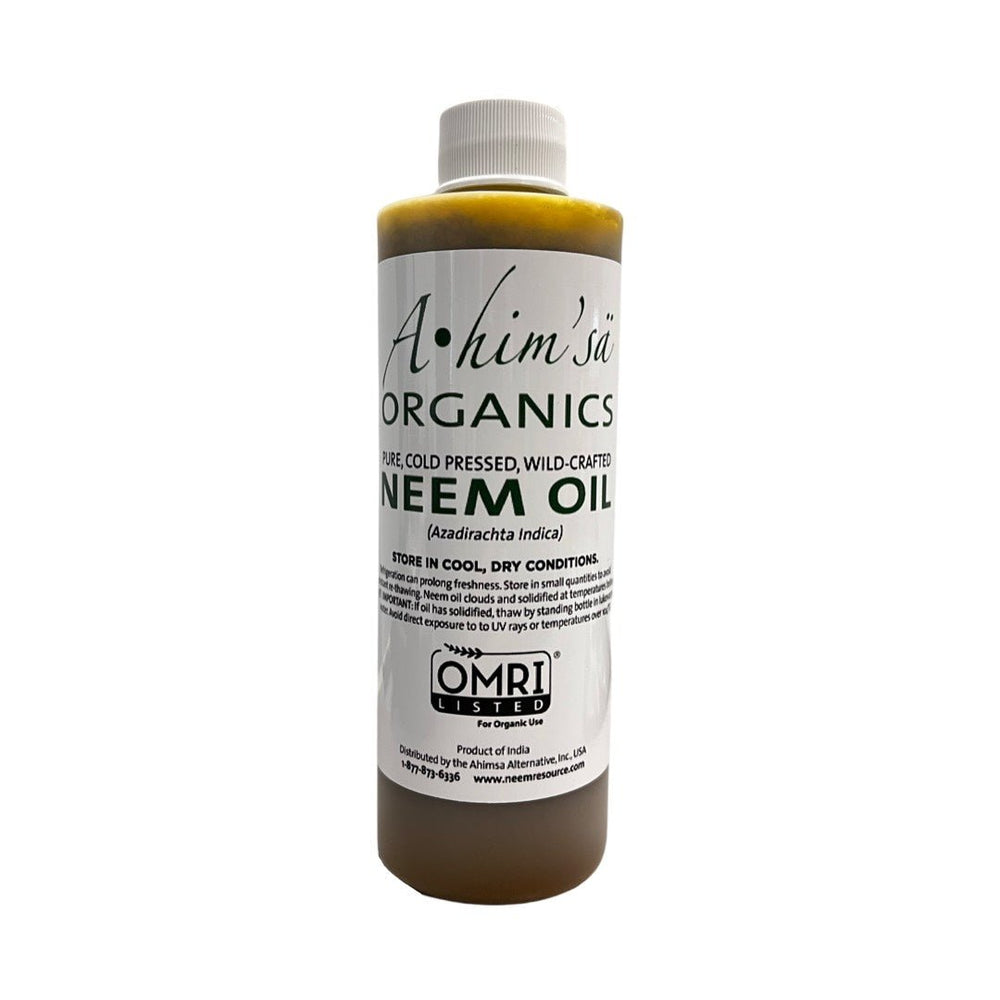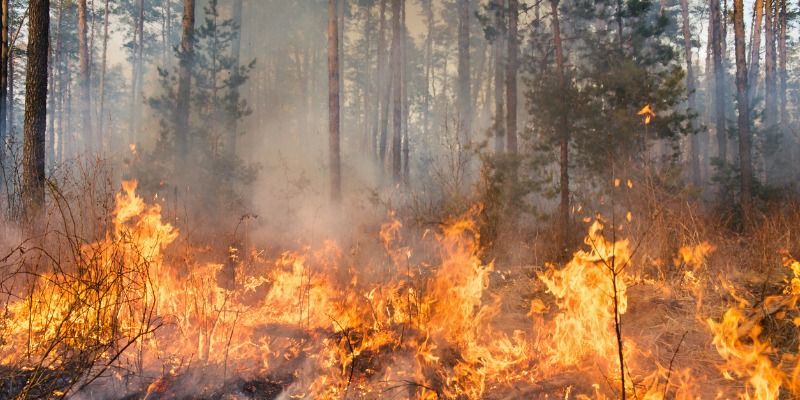The birds are singing, the tulips are blooming, and junipers ( also called red cedars ) are « blooming » in another fashion.
CEDAR APPLE RUST is here.
The pathogen (a fungus) spends part of its life cycle on a juniper tree, and the other part of its life cycle on apples, crabapples, hawthorns, or quince.
To simplify, we’ll just call them « apple hosts ».
In spring, orange « horns » poke out from brown, BRAIN-LIKE GALLS on junipers.
Spring rains triggered the galls to pop out in all their OOEY-GOOEY glory ―
There is a similar disease called QUINCE RUST that forms GLOBS OF ORANGE GOO ( instead of long tendrils ) on twigs and branches of junipers.
And, HAWTHORN RUST produces galls similar to CEDAR-APPLE RUST, but smaller and less dramatic ―
Those JELLY-LIKE ORANGE MASSES on the junipers produce spores that infect the apple hosts. Once infection occurs, LEAF SPOTS ON APPLE LEAVES develop in 1 to 3 weeks ( see below ). Eventually, fungal spores are produced in these leaf spots on the apple tissues. The spores are spread by wind and rain back to junipers starting in about July. Without both hosts, the fungus cannot complete its life cycle.
The disease is looks dramatic on junipers, but it does not cause much harm.
The RUSTS can cause problems in the apple host, however.
If infection is severe, many leaves drop off early and the tree is weakened due to reduced photosynthesis.
If your tree only gets a small amount of rust each year, it probably will not be an issue for long term tree health.
Management Options ( For Apple Hosts ).
1 ) Resistance
For new plantings of fruiting or flowering apples, consider planting a rust-resistant variety.
Apple cultivars vary in their level of susceptibility to rust diseases.
|
Apple cultivar susceptibility to CEDAR-APPLE RUST |
|
|
Cultivar ( s ) |
|
|
Fairly resistant |
Empire, Liberty, Macfree, McIntosh, Northern Spy, Novamac, |
|
Highly susceptible |
Golden Delicious, Idared, Mutsu, Russet |
|
Apple cultivar susceptibility to QUINCE RUST |
|
|
Cultivar ( s ) |
|
|
Fairly resistant |
Idared, Jonafree, Liberty, McIntosh, Redfree, Spartan |
|
Highly susceptible |
Empire, Golden Delicious, Mutsu, Northern Spy, Red Delicious |
2 ) Tree Care
For any apple tree, proper pruning will allow air movement through the canopy.
This practice reduces the leaf wetness that promotes disease.
Maintaining overall tree health will also help prevent the disease.
3 ) Fungicides
Where there is a bad history of this disease ( severe defoliation ), consider preventive fungicide sprays on the apple hosts when leaves are out and the orange galls are active.
For best control, applications should continue through May or as long as the ORANGE GALLS are active.
For the original copy of this A Look At Report, which includes PHOTOS, go to the following link …
NORAHG has archived more information about TURF & ORNAMENTALS, and other topics, on The Pesticide Truths Web-Site …
A LOOK AT … CAREER MANAGEMENT
A LOOK AT … REFERENCES & SLIDE SHOWS – TURF, ORNAMENTALS, MAINTENANCE, & ENVIRONMENT
A LOOK AT … REPORTS – TURF, ORNAMENTALS, & MAINTENANCE
THE WISDOM OF DRYSDALE, ART C. – CELEBRITY EXPERT HORTICULTURIST
UPDATES & WARNINGS
TABLE OF CONTENTS – THE COMPLETE LIBRARY OF FORCE OF NATURE AND A LOOK AT REPORTS & REFERENCES
![]()




